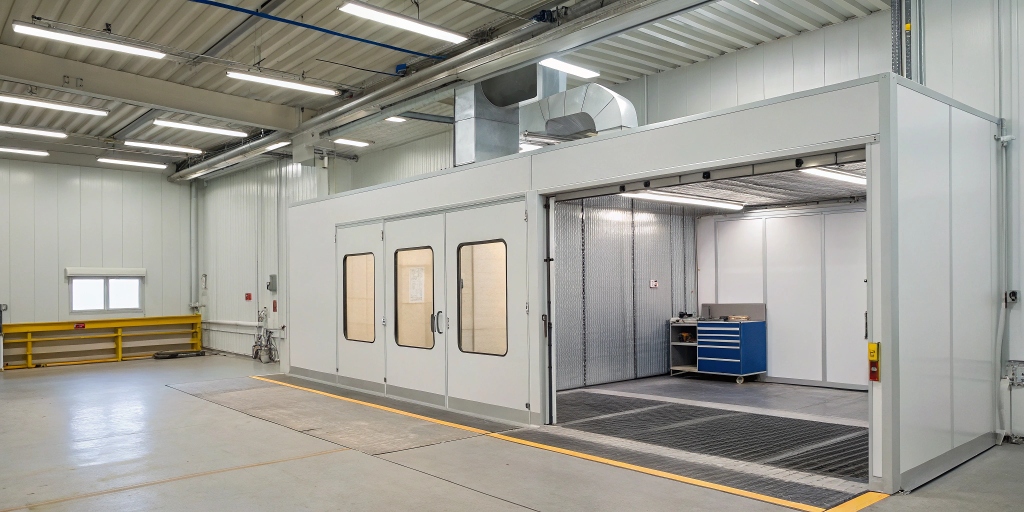Applying a coating treatment to components is an important part of the manufacturing process in many industries. It is used in the production of everything from food preparation tools and scientific instruments to car parts and oil and gas infrastructure. The reasons for applying a coating treatment include improved durability, resistance to corrosion and extreme environmental conditions, and even simply to make the component surface look more attractive.
A Popular Treatment
A popular coating treatment is the thermal plasma spray process. This technique allows for an easily reproduced finish, which is highly durable yet economical for the manufacturer. Thermal plasma spray coatings have been a key technique for enhancing the performance of components for over 25 years. You can find out more about making use of this technique at www.poeton.co.uk/advanced-treatments/apticote-800-thermal-plasma-spray or discover the science that powers the process at
How It Works
The thermal plasma spray technique involves the use of a plasma spray gun, which includes a water cooled tungsten cathode and copper anode nozzle. The gas used for the spraying technique will flow around the cathode before exiting through the copper anode nozzle. The gas is ionised and forms a conductive arc as it moves from cathode to anode, but the plasma that leaves the nozzle ready to coat the substrate will not have an electric current. The temperature of the spray can achieve up to 15000°C. The velocity of the particles being sprayed can reach 200 to 300 m/s.
During the process, a fine powder (typically composed of ceramics) is injected into a direct current jet of plasma. This jet is composed of highly ionised plasma gas (such as helium, argon, nitrogen, or hydrogen), and powered by the DC electric arc created by the anode and cathode in the spray gun. The heat of the plasma jet makes for high levels of thermal energy, which instantly melts the powder so that it can be applied as directed onto a substrate surface.
Advantages of The Thermal Plasma Spray Process
One key benefit of this application process is that powders made of materials with high melting points can be successfully spray coated. This means that a substrate surface can be coated with materials such as powdered tungsten and zirconium (a ceramic with a particularly high melting point), which in turn can deliver excellent strength and protection.





